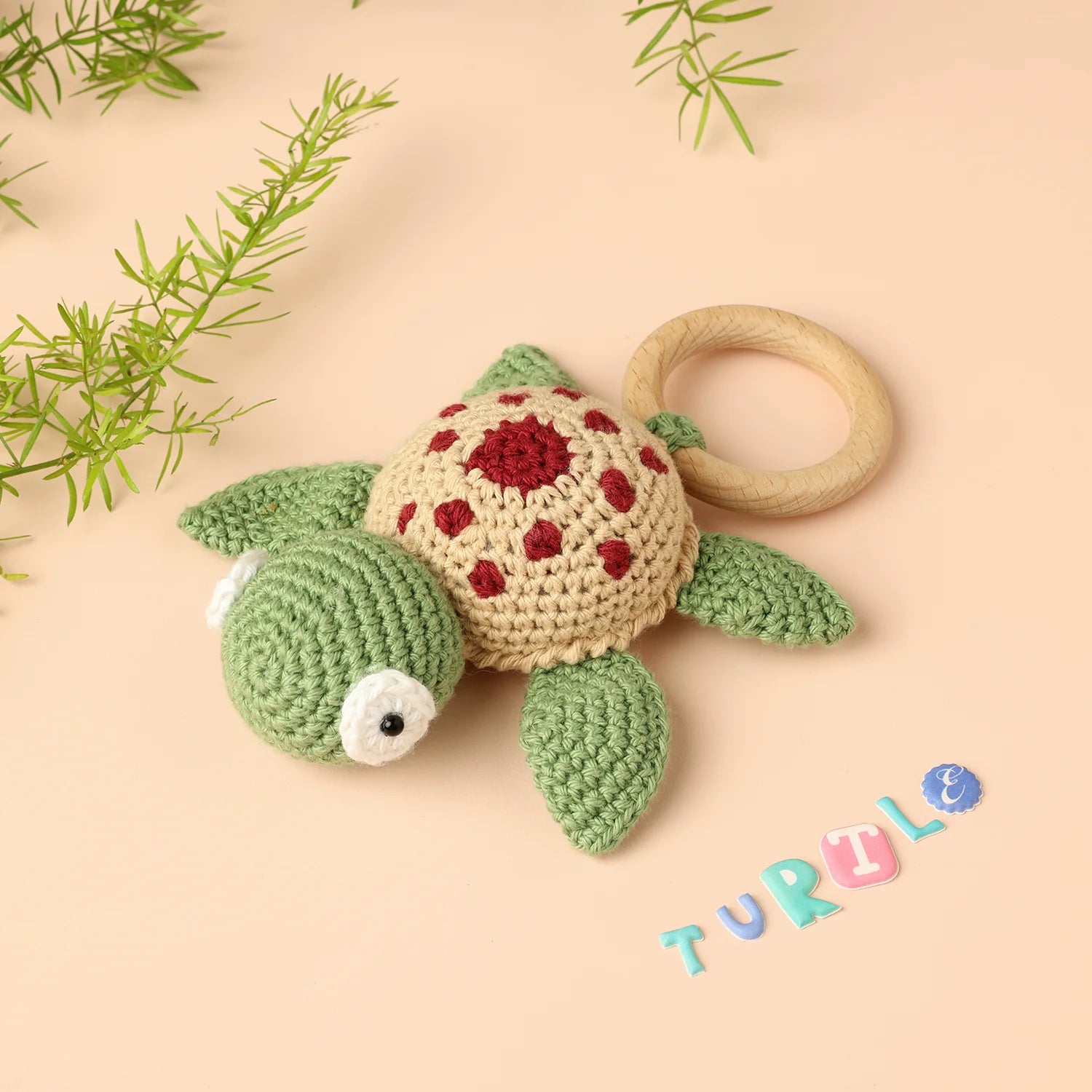
Understanding PURPLE Crying: A Complete Guide for New Parents


Rs. 545.00

Rs. 2,645.00

Rs. 1,515.00

Rs. 1,215.00

Rs. 1,515.00

Rs. 1,215.00

Rs. 1,215.00

Rs. 1,515.00

Rs. 1,215.00

Rs. 1,515.00

Rs. 1,215.00

Rs. 1,215.00

Rs. 1,515.00

Rs. 1,215.00

Rs. 1,215.00

Essential Tips for Caring for a Premature Baby at Home

What to Do About Flat Head Syndrome in Babies

Why Is My Baby Losing Weight After Birth? When to Be Conc...

What Are Baby Growth Spurts? Everything Parents Need to Know

Top 5 Nursery Rhymes Every Parent Should Teach Their Kids

Baby's First Words: What to Expect and When

Why Almond Oil Is a Must-Have for Your Baby's Skincare Ro...

A Comprehensive Guide To Toilet Training For Your Baby

Nishkraman: The Right Time to Take Your Newborn Out

What to Eat When Pregnant: Your Ultimate Guide to a Healt...

How to Introduce Your Baby to Learning?

Baby Milestones and Development of a 9-Month-Old

Baby's First Month: Growth and Milestones Achieved

Baby Milestones and Development of a 3-Month-Old

A Day in My Life as a 12-Month-Old

Understanding Newborn Reflexes: What Every Parent Should ...

Baby Milestones and Development of a 6-Month-Old
Welcoming a baby into your life is a joyous occasion filled with wonder and excitement. As your little one grows, you'll notice many changes and developments. At two months old, your baby is beginning to show more of their personality and reaching several key milestones. Understanding these 2-month-old milestones will help you support your baby's growth and development.
One of the most noticeable changes at two months old is physical development. Your baby is growing rapidly, and you might see significant changes in their appearance and abilities.
Your baby's motor skills are also developing rapidly. Motor skills at 2 months include both gross and fine motor abilities, which will continue to evolve as your baby grows.
Cognitive and sensory developments are among the exciting milestones by 2 months. These changes indicate that your baby's brain is growing, and they are becoming more aware of their environment.
Social and emotional milestones are also crucial at this stage. Your baby is starting to develop the foundations of communication and social interaction.
Supporting your baby's development during this critical time involves providing a nurturing and stimulating environment. Here are some tips to help you foster their growth:
While every baby develops at their own pace, it's important to consult a pediatrician if you notice any concerning signs. Some areas to watch for include:
By being aware of the 2-month newborn milestones, you can better support your baby's physical, cognitive, social, and emotional development. Remember, every baby is unique and will reach milestones at their own pace. Celebrate each small achievement and enjoy watching your little one grow and develop.

